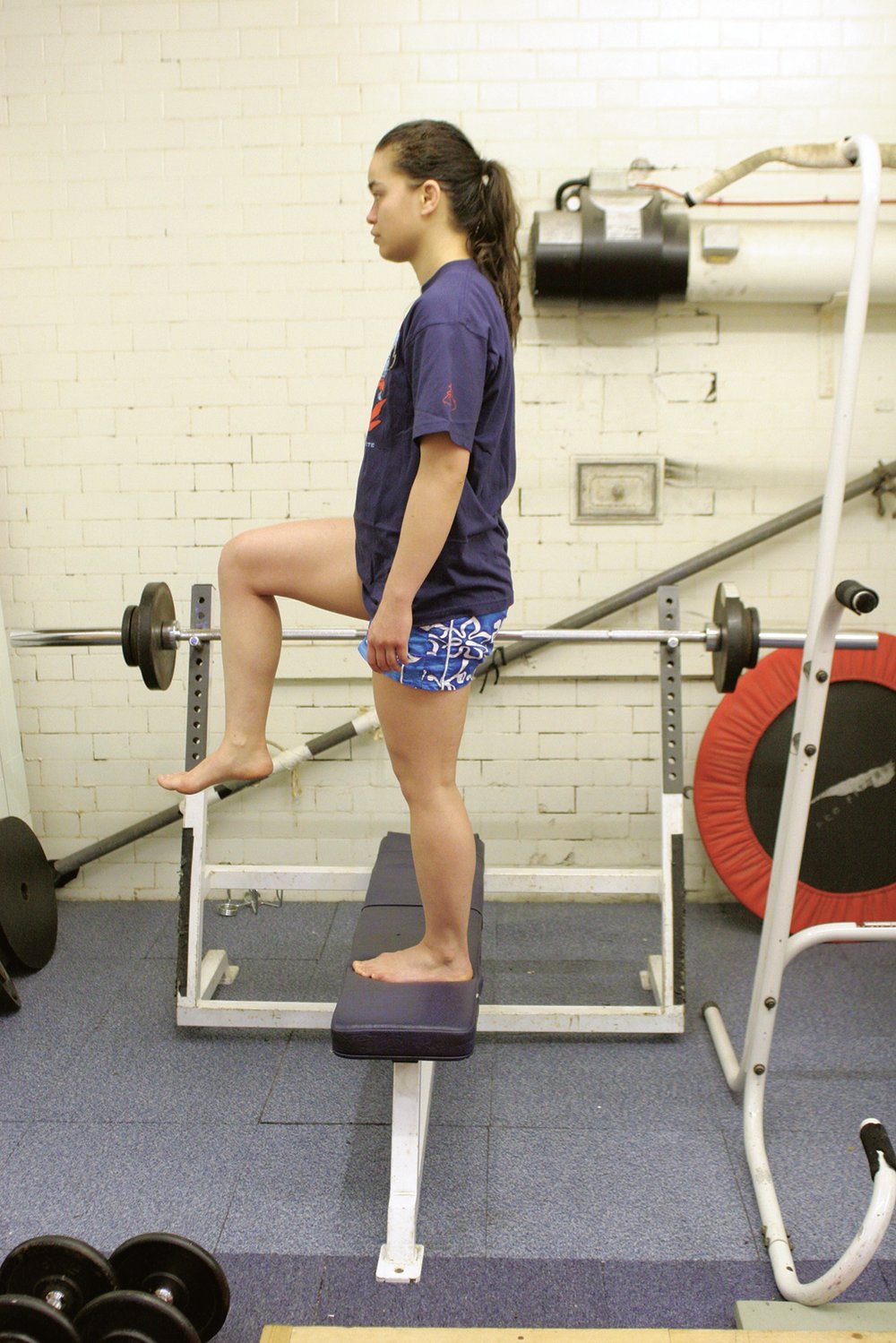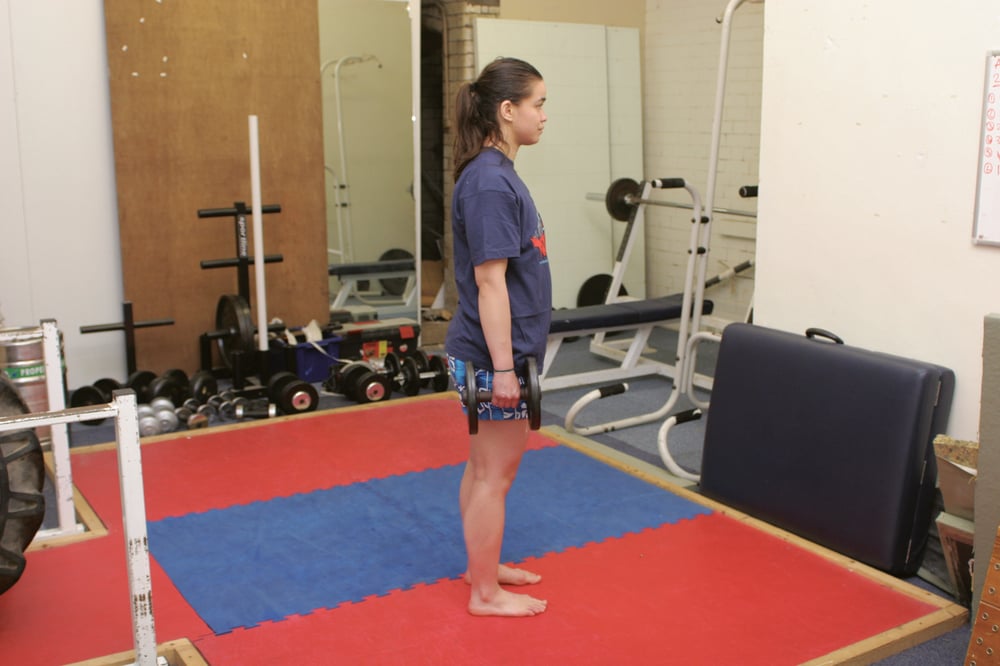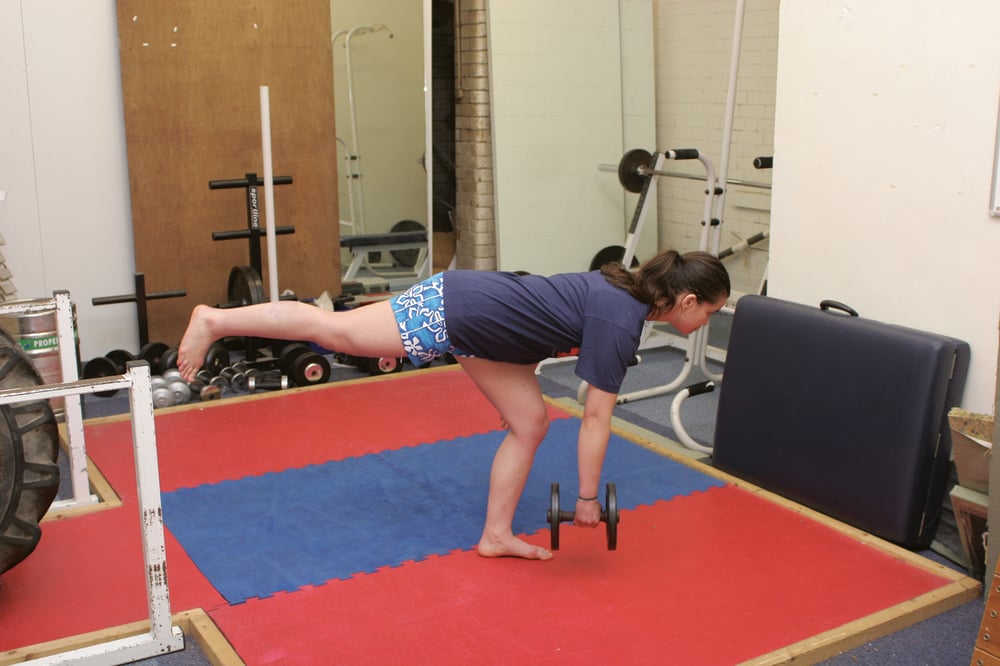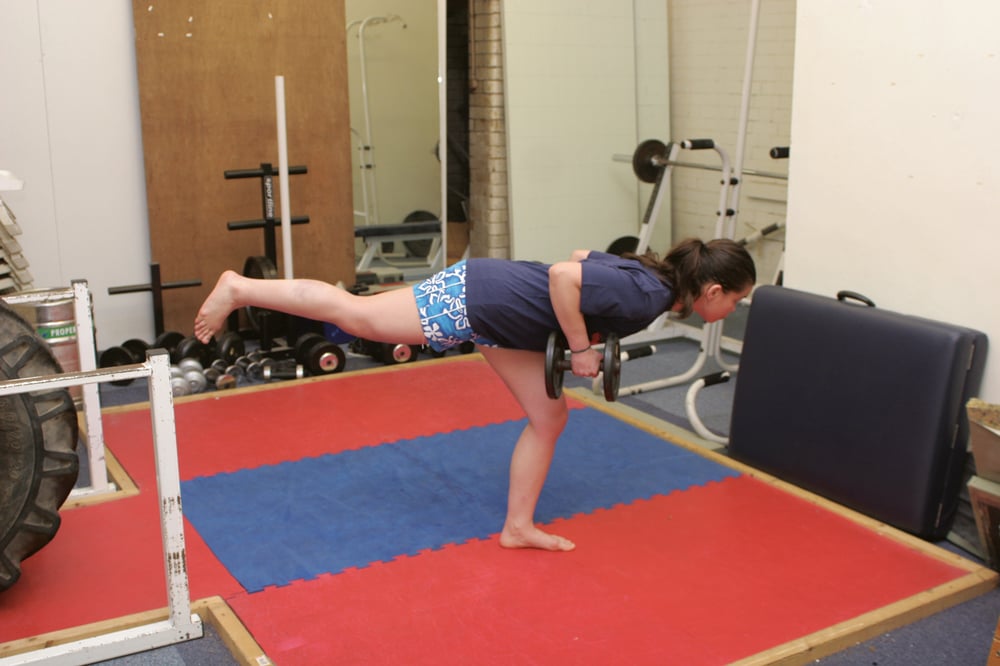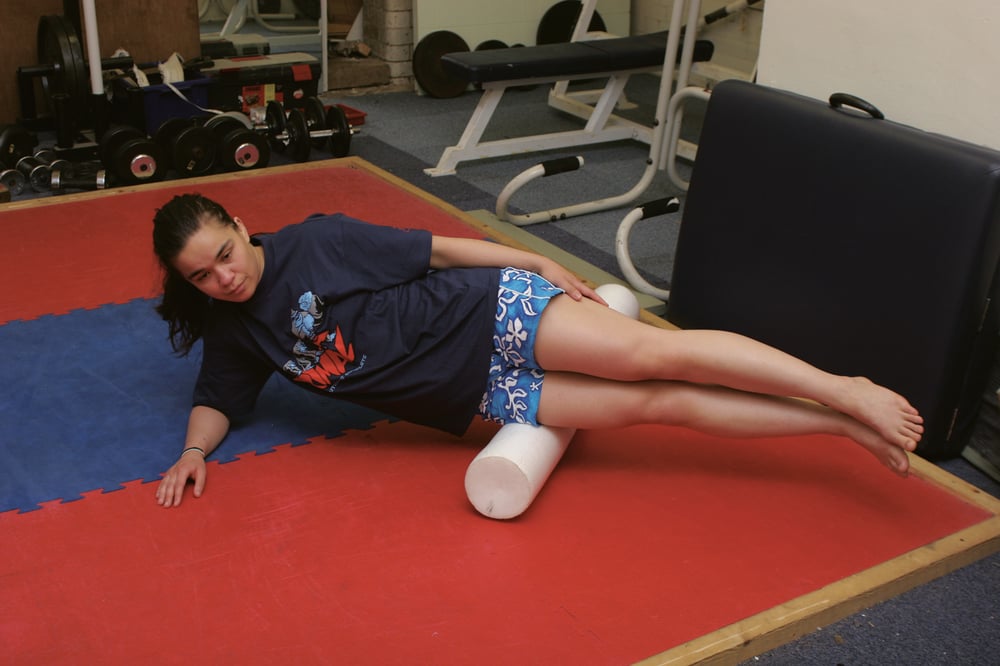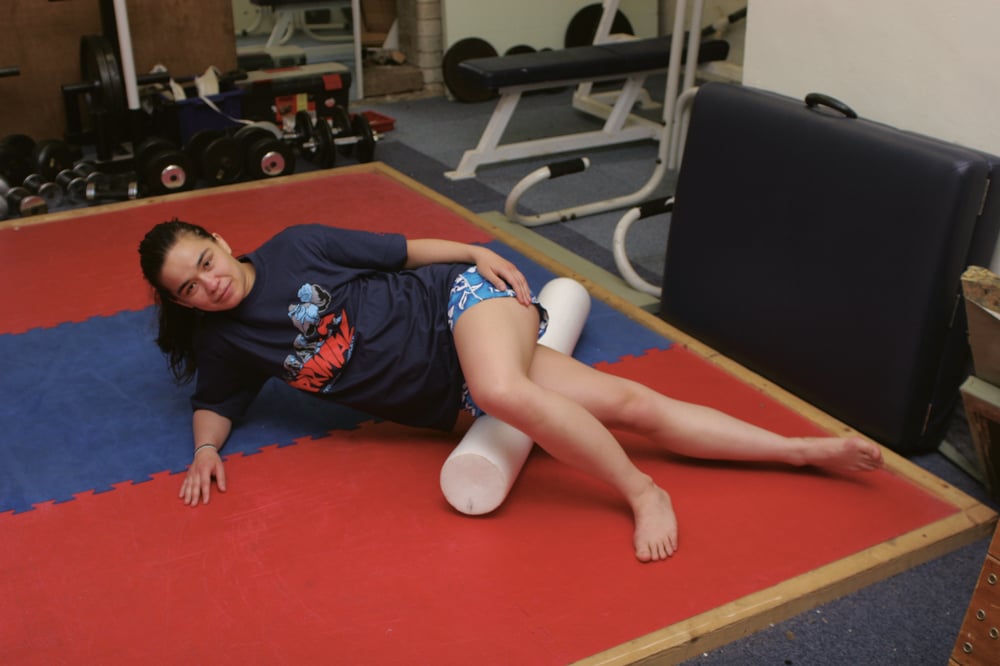
Issue 039
July 2008
By Rosi Sexton.
Injuries to the hip joint itself are low on the list of problems that MMA fighters typically suffer from. However, the hips are a crucial area in MMA, and having strong and balanced muscles surrounding the hip joint is crucial for both striking and wrestling. Imbalances here may contribute to common problems in other areas, especially the knee and the lower back.
There is no ‘one size fits all’ programme for the hip joint. Most people have areas that are tight and areas that are weak. Some people have tight hip flexors and weak hamstrings; others have tight hamstrings and weak hip flexors. There are often differences between the right side and the left.
Training plays a role in developing these deficiencies. Fighters typically spend much of their time in a stance with the same leg forward. They develop their throws and takedowns more on one side than the other. Some muscle groups are emphasised at the expense of others. Over time, all these little details can build up to cause an imbalance around the hip joint, and this can alter how the whole body moves. It may seem far-fetched to suggest that a shoulder problem has been brought on by muscle tightness round the hip joint, until you take a close look at how that fighter uses their body.
An ideal routine will take these individual differences into account. A good strength and conditioning coach may be qualified to perform this kind of assessment. If you are suffering from an injury or a specific problem, then consult with your doctor, or a physiotherapist or osteopath before trying these exercises.
In this column we’ll look at some of the most common problem areas. This is by no means a complete list.
The gluteal muscles
There are three gluteal muscles – maximus, medius and minimus. These are very common weak areas, especially in those of us who spend a lot of our time sitting down (and let’s face it, most of us do – think how much time you spend working at a desk, surfing the Internet, watching TV or travelling). Once they have become weak, other muscles will try to compensate and take over their job of stabilizing the hip joint. This can lead to all kinds of problems in the back and leg.
The following two exercises are good to add into a weight training or conditioning program. You can make them as easy or as challenging as you like.
Step-ups
If possible, watch yourself in a mirror as you do this exercise, and look for good alignment from the ankle, through the knee, hip and lower back.
1) Stand with one leg on a bench. Ideally, you want your thigh almost parallel to the ground (start with a lower bench if you are struggling).
2) For the leg that is on the floor, lock the knee on your straight leg, and pull your toes up. This prevents you from using the lower leg to push off, and forces you to lift with the bent leg.
Concentrating on keeping your back straight, without leaning forward, step up onto the leg that is on the bench. Balance for a second and then replace the leg on the floor.
Aim for three sets of ten repetitions on each leg. If you can do this easily with good form, then add some dumbbells for extra weight.
Variation
Step-up sideways onto the bench.
Single leg deadlift and dumbbell row
This is a great exercise for the gluteal and hamstring muscles, and for developing hip stability.
1) Start with a moderately light dumbbell in your right hand.
2) Take your weight onto your left leg and, as you bend forwards, lift your right leg until it is horizontal behind you.
3) At this point, keeping your body perfectly still, do a dumbbell row with your right arm. Keeping good balance, return the leg to the floor.
Aim for three sets of ten repetitions on each leg.
Foam roller
The foam roller is an excellent tool. It allows you to give yourself a massage after every training session. It’s great for improving recovery and for working on tight areas. Here, we’ll use it to work on the band of connective tissue that runs down the outside of your thigh. This is a very common tight area.
1) Lie on your side with your leg on the foam roller. If possible, keep your legs together one on top of the other.
2) If this is too sore to start with, put the foot of the top leg on the ground.
Using your arms, move yourself up and down so that the roller goes all the way from the hip to the knee and back.



